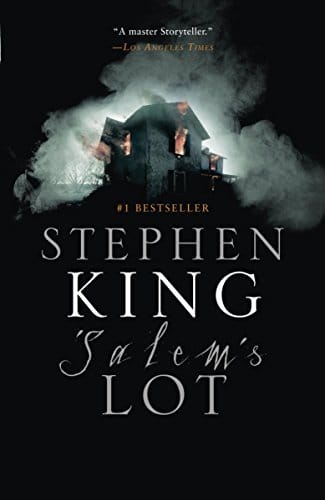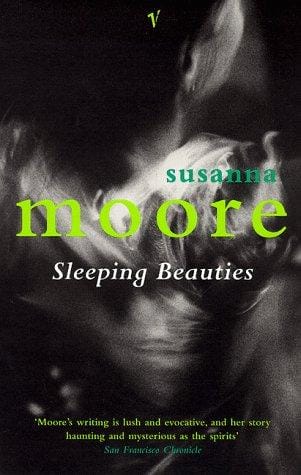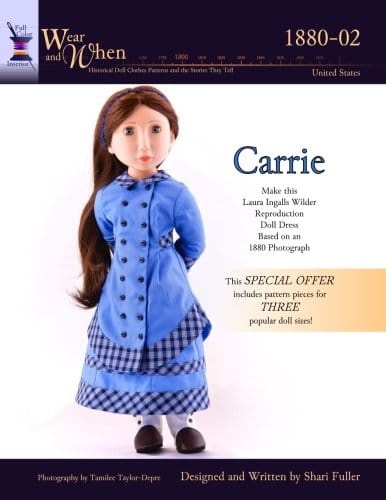Exploring the Lasting Terror of 'Salem's Lot

Introduction
'Salem's Lot, Stephen King's second published novel, remains a cornerstone of modern vampire fiction. First released in 1975, the book follows writer Ben Mears as he returns to his childhood town of Jerusalem's Lot only to discover that evil has taken root. King's blend of small-town Americana and creeping supernatural dread created an enduring template for horror storytellers. The novel's evocative atmosphere, complex characters, and unflinching depiction of wickedness continue to attract new readers almost five decades later. This article explores the plot, themes, characters, and cultural impact of 'Salem's Lot.
Plot Overview
At its core, 'Salem's Lot is a slow-burn tale that transforms a seemingly idyllic New England community into a nightmare landscape. When Ben Mears arrives in town to write a new book, he becomes intrigued by the eerie Marsten House that looms over the streets below. At the same time, mysterious antiques dealer Richard Straker and his reclusive partner Kurt Barlow rent the mansion. Soon after their arrival, children vanish, pets turn up drained of blood, and the locals whisper about a chilling wind that rises after sunset.
King escalates the horror by switching among many perspectives. Teacher Matt Burke notes odd behavior in his students, gravedigger Mike Ryerson senses a presence in the cemetery, and young Mark Petrie sees his friend Danny Glick floating outside a window in one of horror’s most chilling moments. Convinced the town is under siege, Ben teams with Mark, Matt, Dr. Jimmy Cody, and Susan Norton to destroy Barlow. Their assault on the Marsten House ends in flames, but not before the vampires spread far beyond the town limits.
Themes and Symbolism
Beneath its scares, 'Salem's Lot probes themes that keep the story relevant. King peels back the postcard image of small-town life to expose complacency and whispered cruelty. The vampires symbolize corruption that thrives when citizens look away or cling to denial. Faith matters, yet crucifixes only work when powered by conviction and sacrifice. The novel also warns of cyclical evil, hinting that darkness never dies—it simply waits for someone careless enough to invite it in again.
Memorable Characters
Although Ben Mears drives the plot, 'Salem's Lot is truly an ensemble. King renders even brief walk-on characters in vivid strokes, so each loss hits hard. Mark Petrie, clever and fearless, exemplifies youthful resourcefulness, while Susan Norton offers bittersweet optimism. Straker and Barlow recall classic master-and-servant duos, but King’s grounded prose makes their menace feel immediate. The rich cast roots the supernatural threat in recognizable humanity, heightening every moment of terror.
Cultural Impact on Horror
Upon release, 'Salem's Lot revitalized vampire fiction that had grown too gothic and romantic. King placed the undead in suburbia, inspiring future works like The Lost Boys, Buffy the Vampire Slayer, and Midnight Mass. Reviewers praised the novel’s brisk pacing and authentic dialogue, and it quickly became a bestseller. Its ensemble structure showed that an entire community could function as both setting and victim, a blueprint many later horror narratives still follow.
Screen Adaptations
Success on the page led to several screen versions. Tobe Hooper’s 1979 CBS miniseries terrified viewers with Barlow’s feral appearance. A 1987 sequel film and a 2004 TNT miniseries with Rob Lowe re-imagined key scenes, notably the window scratching. A new feature film from producer James Wan is in development, proof of lasting interest. Comic adaptations, audio productions, and countless fan tributes further embed 'Salem's Lot in pop-culture history.
Why You Should Read 'Salem's Lot
Whether you’re a seasoned horror fan or a newcomer, 'Salem's Lot delivers rich atmosphere, escalating suspense, and meaningful questions. King paints Jerusalem's Lot so vividly you can hear its crickets and feel the night air tighten. Pages fly by, but the issues of courage, faith, and civic duty linger long after the fire dies. Reading it also deepens your grasp of King’s wider universe, including later stories linked to the Marsten House.
Conclusion
Nearly fifty years on, 'Salem's Lot remains a masterclass in dread. By marrying the classic vampire myth to distinctly American concerns, King created a tale that feels both timeless and urgent. If you crave horror grounded in believable people and delivered with relentless momentum, set aside a night to visit Jerusalem's Lot—just remember to keep the lights on.

